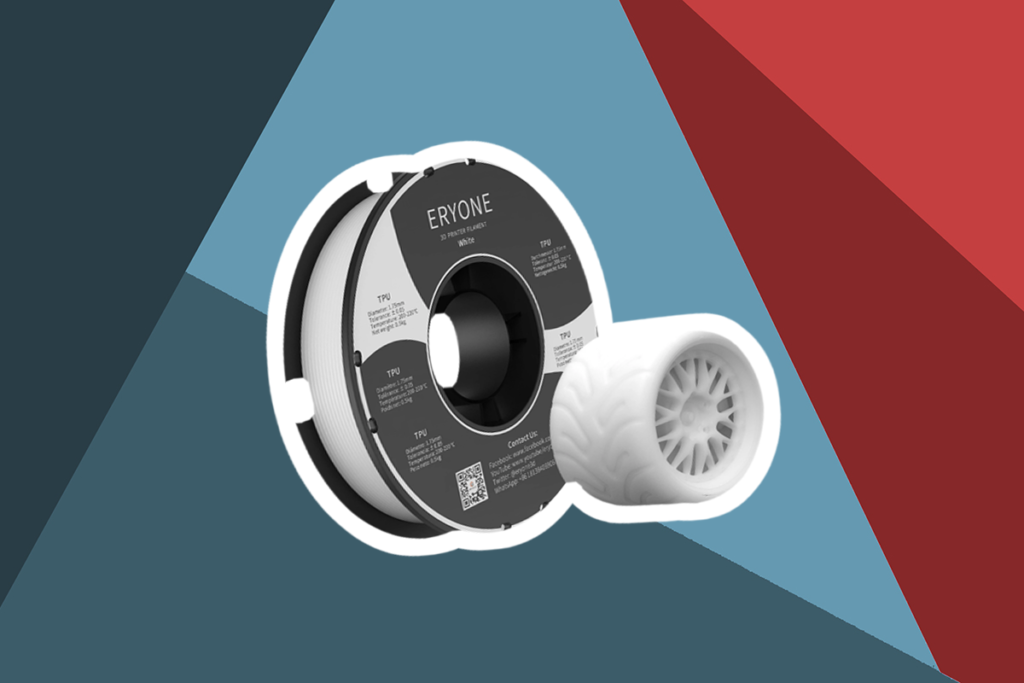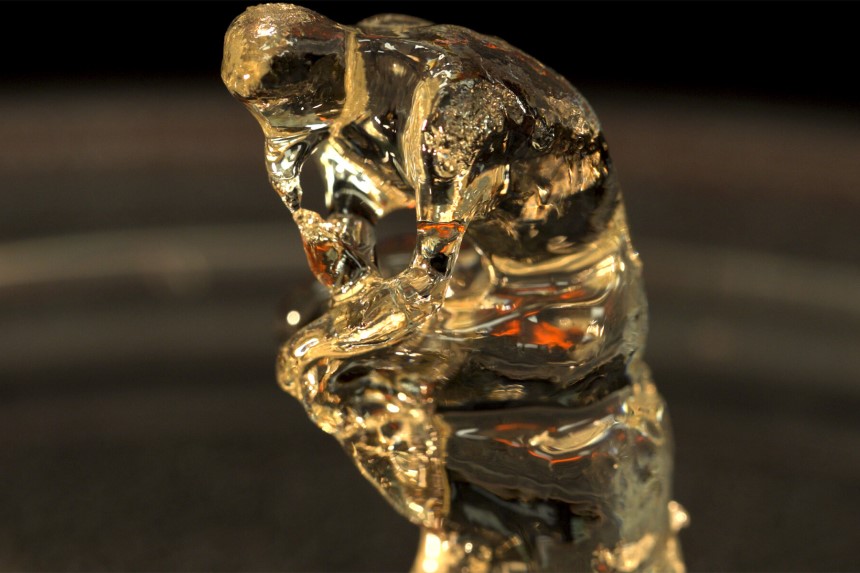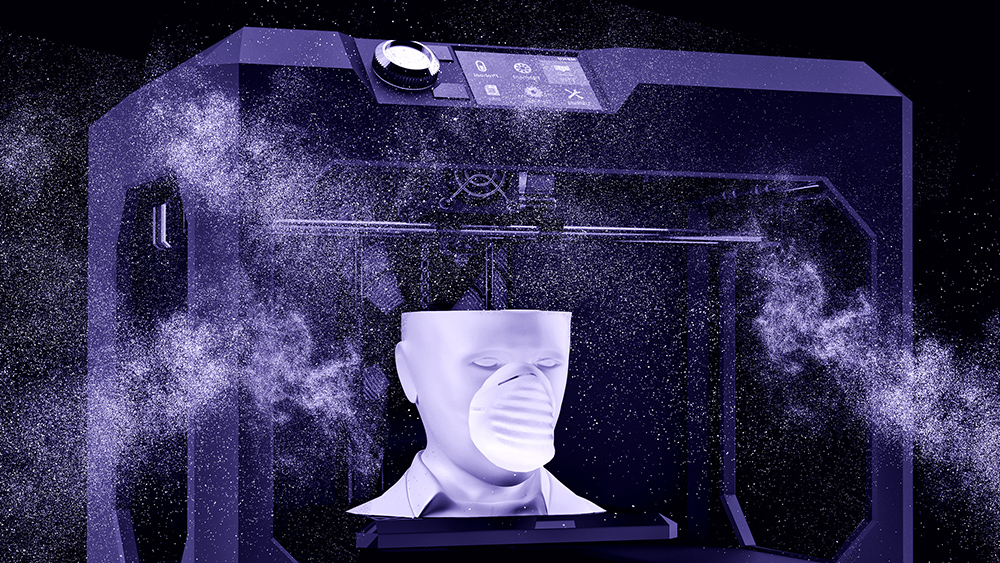

Selecting the ideal Hatchbox PLA temperature for printing 3D objects is one of the greatest problems that hobbyists frequently encounter. Getting the appropriate print temperature for your 3D printer may take several trials and errors. With an FDM 3D printer, PLA is simple to work with and typically requires little effort to create quality 3D items.
Hatchbox is a brand that makes an excellent, versatile filament using PLA or polylactic acid. Hatchbox PLA has a smooth finish and is more environmentally friendly because it is created from a combination of plant-based materials and polymers. Because of this, it degrades more quickly than synthetic polymers and has low heat resistance.
A comprehensive understanding of the ideal temperature can significantly affect the quality of your 3D finished products. Keep reading for detailed information on the appropriate temperature range for Hatchbox PLA filament and warning signs that the temperatures need to be changed.
To get the best results from your prints, the optimum temperature for your Hatchbox PLA print should be between 180°C and 220°C with the heated bed inactive. Hatchbox PLA is one of the best filaments for Ender 3. Using the Hatchbox PLA’s best temperature range will reduce shrinkage and warping while maintaining excellent print quality.
However, there may be some trial and error when you’re printing either with a freshly opened spool of filament or an older one. It would be best to keep experimenting until you get the desired Hatchbox PLA temperature settings.
According to the Hatchbox safety data sheet, the melting point for their best PLA filaments is 155 degrees Celsius. Hatchbox PLA is one of the simplest materials to print due to its low melting point and resistance to warping. Other factors to consider when 3D printing with Hatchbox PLA filaments is the intricacy of the 3D object, the type of 3D printer, and the temperature of the heated bed.
No. The ideal temperature for every type and color of Hatchbox PLA filament remains between 180°C and 220°C without a heated bed. The Hatchbox black PLA temperature range is the same as the Hatchbox wood PLA temperature.
Although other elements, including print speed and extruder temperature, also affect how effectively 3D-printing with Hatchbox PLA filament works. So it would be best if you experimented with these settings until you find the best ones your printer responds to. If you’re using a heated bed, be sure it’s properly calibrated and has sufficient power to keep your chosen temperature. The ideal Hatchbox PLA bed temperature ranges between 55 and 70 °C.
Setting the Hatchbox PLA print temperature on your 3D printer is one of the most crucial steps in successfully making 3D objects. The hot end temperature is important when attempting to get the best results using Hatchbox PLA filament.
The type of 3D printer you use will determine how to set the print temperature. How you set the Hatchbox PLA temperature for CR 10 will differ from how you set that for ender 3. Here are some simple instructions for setting the filament temperature on most 3D printers:
You will have to edit the G-code if the Hatchbox PLA temperature on the Ender 3 printer resets to the manual temperature. There are several open-source platforms that hobbyists can use to edit the printer’s G-code file. One of the most popular G-code editors is the Ultimaker Cura slicer. You can use Cura to modify and optimize certain elements of the G-Code to meet your individual needs. The following are a few steps to take to edit G-Code in Cura:
You can also go to the printer’s settings, choose machine settings, and manually enter your G-Code. You’ll find tabs in the printer’s settings where you may change the begin and end G-Code for different parts, such as the nozzles. You can change various print initialization, reset parameters, and modify existing commands. After editing the G-code and making necessary adjustments for the print temperature, save the code.
The following are what to check if you can’t get your PLA filament temperature right and how to address PLA filament temperature issues:
It is challenging to define what PLA temperature is too high. As the extruder moves between various regions of the print, it occasionally loses a small amount of plastic. You might notice that your overhangs droop noticeably and that you have extra stringing between the various components of your print.
You may reduce the overhangs by improving the layer cooling capabilities of the 3D printer, and the stringing may be eliminated by modifying the retraction settings. PLA prints generally become glossier the hotter you print them. If you have the best layer cooling and know your retraction parameters are fine but still have problems, try lowering the printing temperature by 5°C at a time.
When the print temperature is cold you will either notice that the filament is not adhering to the preceding layer and you have a rough surface. Signs of a cold filament temperature also include weak and easily ripped-apart portions. Raise the temperature by 5°C and repeat the process until you have reliable extrusion and layers that completely attach. You can also use one of the best glues for PLA to fuse solid 3D pieces that come apart instead of reprinting. PLA will be more matte when printed at a lower temperature.
The temperature of your PLA print might also be affected by external factors. Although the print temperature is a significant factor, the print environment determines the print quality. When printing with PLA, the room’s temperature and humidity are crucial.
For instance, The hot end and print bed temperatures may need to be raised a few degrees if a chilly breeze blows in from a window. The printing temperature could also be affected by air conditioning vents. Temperature fluctuations can significantly impact the adhesion between the print and the print surface. The adhesive properties of PLA are reduced when the temperature is below 20 °C and increased when it rises above 30 °C.
Humidity should be kept between 40 and 60%, as a higher or lower level may cause moisture to condense on the print surface, resulting in poor adhesion. The best thing you can do for your 3D prints is to construct a printer enclosure. Enclosures have two effects on temperature: they trap heat within and prevent outside temperatures from affecting your prints.
The Hatchbox PLA filament is a great choice for beginners and experienced users. These high-quality filaments are available in various colors and feature-optimized print temperatures. However, finding the correct print temperature is essential to avoid warping and poor bonding.
While you may have used these filaments in the past, you may not have been using the optimal print Hatchbox PLA temperatures. You should experiment within the ideal temperature range to get the best results. If you are new to 3D printing with PLA, follow the tips outlined above to create the perfect print environment.





